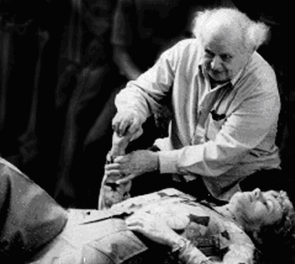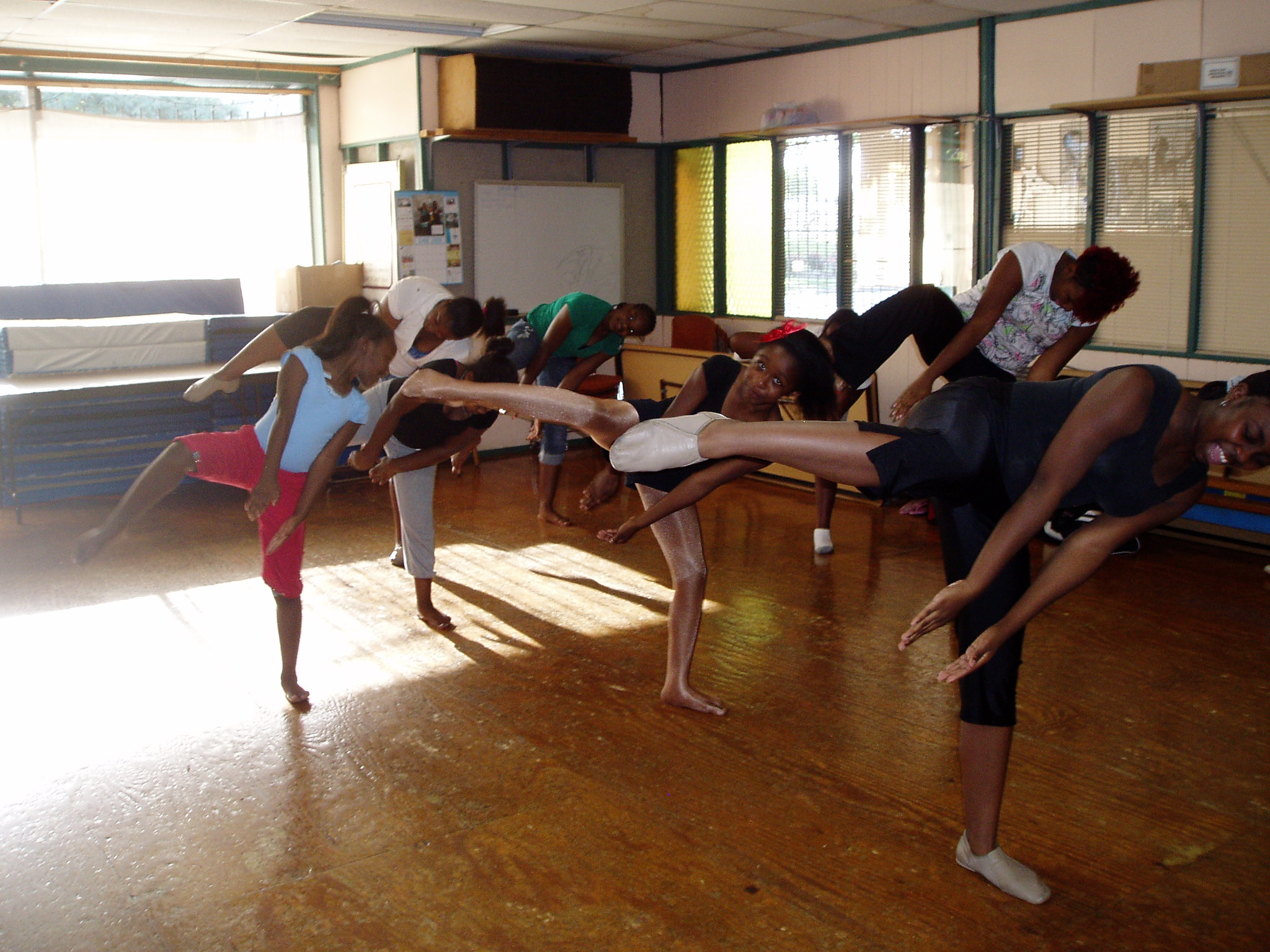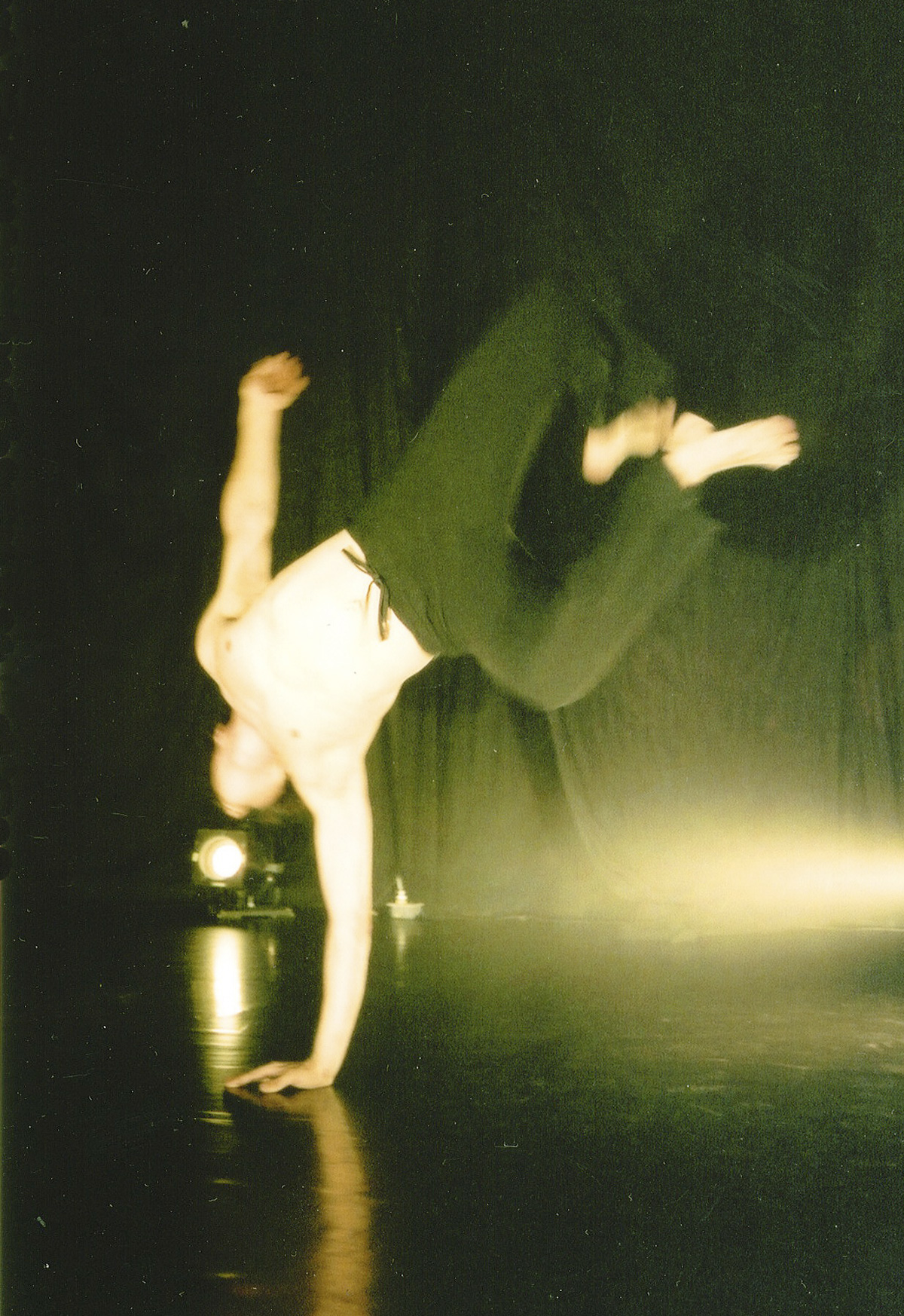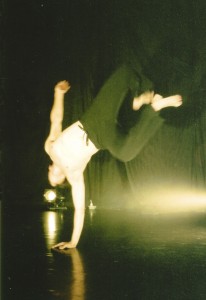In 2001, after studying, teaching and creating dance for 20-odd years I was ready to find a new direction for my exploration of movement. I was suffering from chronic injuries, dissatisfaction with traditional technique classes, and I wanted to expand my understanding of how the body organized for movement. I was interested in how the brain and the nervous system coordinated the muscles to operate in a systematic and efficient manner. I was intrigued by how different people coordinate in ways that organize the body for more or less efficient movement. I began to explore numerous somatic modalities, including The Alexander Technique, Body Mind Centering and Laban Movement Analysis. But, one day while I was lying on a mat, doing the articulate movements of The Feldenkrais Method®, I found the technique that I needed to explore. Through its subtle and powerful movements I found relief from discomfort, a dynamic way to expand my movement skills and tangible, practical information on the functional organization of the body.
 Developed by Dr. Moshe Feldenkrais, the method, unlike traditional movement techniques, doesn’t teach specific movements to learn and master. Instead, it offers dancers a method for increasing their awareness and efficiency while moving. Most dancers have habitual tendencies when moving – it may be unconsciously lifting the chin, unnecessarily contracting muscles, or tucking the pelvis. For example, I had a tendency to clench my jaw which led to chronic discomfort in my neck and shoulders. Through The Feldenkrais Method®’s approach I explored the different movements of the jaw, head and neck and I found ways to re-pattern my movement. As a result, I no longer get neck and shoulder pain and have more freedom in my upper torso. Developing increased awareness led me to understand how I was organizing movement and then allow new movement patterns to emerge. As Dr. Feldenkrais stated, “You can’t do what you want to do until you know what you are doing.”
Developed by Dr. Moshe Feldenkrais, the method, unlike traditional movement techniques, doesn’t teach specific movements to learn and master. Instead, it offers dancers a method for increasing their awareness and efficiency while moving. Most dancers have habitual tendencies when moving – it may be unconsciously lifting the chin, unnecessarily contracting muscles, or tucking the pelvis. For example, I had a tendency to clench my jaw which led to chronic discomfort in my neck and shoulders. Through The Feldenkrais Method®’s approach I explored the different movements of the jaw, head and neck and I found ways to re-pattern my movement. As a result, I no longer get neck and shoulder pain and have more freedom in my upper torso. Developing increased awareness led me to understand how I was organizing movement and then allow new movement patterns to emerge. As Dr. Feldenkrais stated, “You can’t do what you want to do until you know what you are doing.”
Increasing awareness is also a key to improving and expanding a dancer’s technical facility. As the dancer becomes more aware of how she is organizing her body she is able to accomplish technical feats with more ease and control. For example, a dancer may wish to increase her proficiency in turning – to turn more times, or more consistently, but she always shortens her left side as she lifts her right leg into passé. This unevenness in the torso throws her off balance and she is stuck only doing one or two turns through brute force. Her teacher can tell her over and over again to lengthen her left side, but if she can’t feel it, it won’t change. If the dancer had more precise awareness of herself, she would be conscious of her imbalance and easily lengthen the left side. By working with The Feldenkrais Method®, dancers develop more awareness so that they can approach and practice movement with more clarity.
By practicing The Feldenkrais Method® dancers will also find that they suffer from less frequent and less severe injuries. Much of the pain that dancers live with comes from ineffective technical habits repeated over and over for many years. Dancers who are suffering from these ongoing discomforts often assume that “that’s just the way it is”. But, once these habits are recognized, more efficient patters become available for the dancer, and their discomfort easily fades away.
To study The Feldenkrais Method® the dancer has two choices; to study one-on-one with a practitioner or, to study in a group class setting. Which way the dancer approaches the method depends on his personality, needs and opportunities. Ideally, to get the best results, students should study in both the individual and group settings.
Dr. Feldenkrais first developed one-on-one sessions, Functional Integration®, in which a practitioner meets privately with a student to design lessons that address the individual’s goals. The Feldenkrais® practitioner will work with the student, who is often lying on a low padded table, by gently touching and guiding him through movement. The practitioner will help the student increase his range of motion, release unnecessary tension, as well as integrating the different parts of the body into an efficient whole. Through this process The Feldenkrais Method® reorganizes the body so that unnecessary movements disappear. The practitioner will work with the student lying on his back, as well as on his side, in sitting and in standing. Changing the student’s position assists the student in finding clarity in his organization. Functional Integration® is ideal for those individuals who have specific issues or discomfort that they would like to examine.
Out of his work with individuals, Dr. Feldenkrais created Awareness Through Movement® lessons that are taught in group sessions. These classes are lead by a teacher who verbally guides students through a sequence of gentle movements that are unique and easy to learn. By doing unusual movement patterns in class students can discover their unique movement habits and simultaneously find more efficient ways of moving. Dr. Feldenkrais designed over 1,000 lessons to address every joint, muscle and function of the body. The 30-60 minute lessons take place in an open room with carpet or on soft mats. Often the classes are taught in a series that address specific topics, such as posture or walking, areas of the body, such as the spine or hip joints, or populations, such as dancers or seniors.
The Feldenkrais Method offers dancers the opportunity to fine-tune their bodies, heighten consciousness and awareness by eliminating unnecessary habitual patterns before they become major problems. The method allows dancers to avoid common repetitive types of injuries, recover from traumatic injuries, expand their technical proficiency, and find greater ease in their movement. The method has been invaluable to me as a dancer and my body feels better now, at 38, than it did 10 years ago. While it doesn’t replace taking dance class or working out, it does make all of these activities easier, more beneficial and more enjoyable.
Daniel Burkholder is the Director of The PlayGround, Co-Director of Improv Arts and is a Guild Certified Feldenkrais Practitioner(cm). For further information about his dancing projects go to http://improvarts.alkem.org, and for further information about his Feldenkrais practice go to www.integrated-body.com.
originally published in the Focus Section “Technique” – Bourgeon Vol. 2 #3





